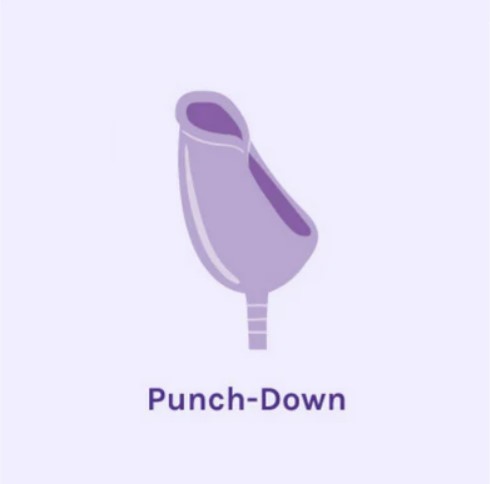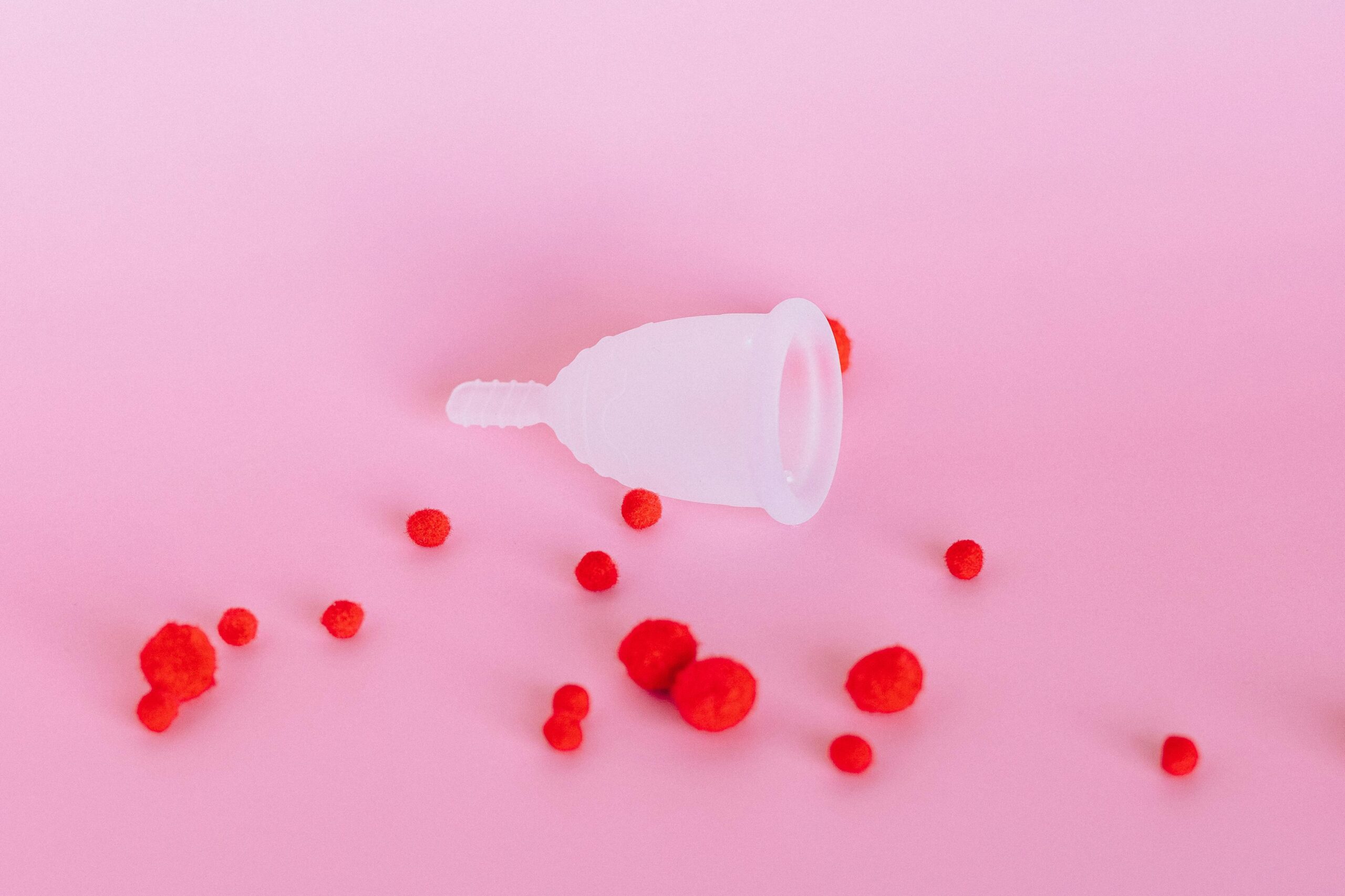At 40, I have realised that a menstrual cup is a game-changer. Here’s why
By Riddhi Doshi
In this blog I address,
1. Common reservations and misconceptions of using a menstrual cup
2. The answers to them
3. What motivated me to use a menstrual cup. Why should you use a menstrual cup
4. My first attempt and the mistakes I made, so you can learn from them.
5. Advantages of using a menstrual cup
6. Things to keep in mind while using one
As a lifestyle writer, I often get packages and products from brands to try out. I got my first menstrual cup, Sinora as a PR package too. Even though I had heard great things about the menstrual cup, it sat in my drawer, sealed for almost a year.
But every month during my days, I would promise myself that I would try it the next cycle. And then the next and then the one after. The idea of inserting an object into my vagina and then leaving it there for hours felt strange. Plus the elaborate tutorial videos, some featuring very serious-looking women gynaecologists, and its different kinds of folds were overwhelming. Also, I had never used tampons hence found it harder to wrap my head around putting something inside me. After speaking to a few women, I realised that I was not the only one with apprehensions. They all had doubts too.
Common reservations about using a menstrual cup
1. What if it hurts.
2. What if it leaks.
3. What if it doesn’t suit me and creates complications.
4. What if it enters my uterus and gets stuck there.
6. Soaking the cup every cycle can be tiresome.
So, I started reading about these cups and talking to friends who were already using it. I leant that:-
1. It may be uncomfortable to wear the cup for the first few hours, but once you get used to it, you will even forget that you are wearing it now as it’s so comfortable.
2. The cup could leak if the fold hasn’t opened fully after insertion, but it’s easy to avoid this problem. All one needs to do is rotate the cup or gently pinch its lower part.
3. Only women with medical issues such as vaginismus, uterine fibroids or endometriosis may experience discomfort while using a cup.
4. There is no way for a menstrual cup to enter the uterus
5. The cup is designed to sit in the vaginal canal, which is separate from the uterus. So, it can’t enter anywhere you can’t reach it easily while removing it.
6. It’s way easier to soak the cup for a few minutes in boiling water rather than disposing off a sanitary pad every day.
What motivated me
So, every cycle I didn’t use the cup, I felt guilty. Especially because I know how dangerous sanitary pads are for the environment. They take years and years to degrade. Even the ones built with all-natural materials, say, bamboo or cotton, put a lot of pressure on earth for the excess water it takes to grow these materials and the slow process of biodegradation.
I also felt extremely guilty for having sanitary workers handle the bio-waste that I have been generating month after month.
One day, while travelling to Oman, a 23-year-old girl told me how she swears by the cup now and can’t ever go back to using bulky, messy sanitary pads. These words stayed with me and made me think – if she can, why can’t I?
During my next cycle, I finally tore open that sealed box and did one of the biggest favours to myself and the environment.
My first attempt was painful because I had inserted the cup in the wrong spot. It sat around my clitoris. Ouch!
Plus, I was pushing it inside too hard, which is not required at all. Also, my choice of the fold didn’t work for me. I tried the C fold, but the punch-down fold works better for me.
I then looked at the tutorial videos. Yes, the same ones that I had resisted for so long, but realised that they were quite short and simple and extremely easy to understand. It’s here, I learnt the exact position the cup should sit in, in the vaginal canal. Also, I either need to squat or place one leg on the commode, for the cup to enter easily.


There is also another simple thing to remember, you push the cup up gently but not straight, slightly slant at an angle. The second time it worked well. But the third time was a little bit of a struggle again. I was also quite anxious during the first cycle not knowing when would the cup start overflowing or whether the cup had sat in the right position or not. I must have run to the bathroom almost every hour. Though the easier thing to do would be to wear a sanitary pad, just for that first cycle of you trying the cup. I did that during the night.
The size of the cup matters
But after more research, I realised that I had a smaller cup and I needed a bigger one for my heavier flow days on day 2 and 3. Plus the pointy stick of the Sinora cup was not to my liking. Though there are many who ,swear by their cups.
I then discovered asan. At about INR 1,500 to 1,800, depending where you buy it from, It’s almost five times the cost of any other cups available in the market. But it’s worth it. It’s silicone is softer than that of Sirona. It comes with a ring for a better grip, which makes it easier to remove the cup. Though, I had no problems there even with the Sirona cup. All you have to do is, pinch it slightly at the bottom and pull it out. That’s easy. No pain here.
By the third cycle, after having observed my flow on different days of my cycle, I was confident enough to attend an all-day-long event without wearing a pad. I stopped wearing them at night as well. And trust me, I have never been happier during my periods.
Advantages of using a menstrual cup
1. I have no rashes
2. No discomfort
3. No stress of pad moving from its place
4. Lesser stress of straining my clothes or the sofa (it can happen if your cup leaks)
5. The best part is that by the third cycle, I was so comfortable that I would sometimes forget that I was menstruating because it didn’t feel like I was wearing anything.
6. Plus, a menstrual cup can last you for years. So, you save thousands of rupees and the environment.
7. There is so much freedom of movement. You can workout, dance, and jump, without any worries.
8. If you are a frequent traveller like me, you don’t have to carry packets of sanitary pads, one tiny cup and a cleaning liquid is enough.
9. There is no stress in finding appropriate places and bags to dispose of the sanitary pad.
10. You now also get a compact menstrual cup sterilizer. So, if you can’t take the cup out of the bathroom, into the kitchen, you can always use the steriliser. It’s starting price is about INR 1,400.
However, there are a couple of things you need to do while using a menstrual cup.
Keep in mind
1) You have to boil your cup or soak it in boiling water for at least three to five minutes on the first day of your cycle. You can also use a sterilizer. Thereafter, you can just rinse it with clean water or special, mild soaps after re-inserting it.
2) You must store it in a cotton pouch, in a clean and dry place.
3) While the chance of allergies or reactions is minimal as these cups are made of medical-grade silicone if you have a sensitive vagina or have had surgeries, check with your doctor before using the cup.
4) If you are engaging in heavy exercise, there are chances that there might be a gush of menstrual liquid and fill your cup faster than you might assume. So, empty your cups immediately after exercising.
5) You might want to carry a bottle of water to clean your cup when using public toilets.
That’s it and you are good to go. After having used a menstrual cup now. I don’t think I can ever go back to using a sanitary pad. All my friends who have switched to the cup can’t stop raving about it. For me, the menstrual cup has to be the invention of the century. That’s how happy I am using it. And now there are cups available for teenagers as well. I would totally, one hundred per cent urge you to switch to a cup and make your lives easier.
This blog post is part of ‘Blogaberry Dazzle’
hosted by Cindy D’Silva and Noor Anand Chawla
in collaboration with Dr. Preeti Chauhan.

